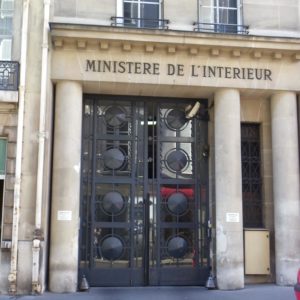It began on 14 June 1940 when the Germans marched into Paris to start their four-year occupation of the city. Initially, the Occupation was rather benign. Soldiers were ordered to be on their best behavior with the locals. For the most part, Paris citizens did not experience large changes in their daily routines other than the presence of the occupier.
Then it all began to change.
By 1942, the most dreaded sound was a knock on the door in the evening (click here to read the blog Night and Fog). Chances are it was either the French police or Gestapo agents. They were there for one reason: to make arrests. The apartment occupants could have been Jewish, suspected Resistance members or their families, black market participants, criminals, or known undesirables (e.g., Communists, Roma, Polish, Masons, or other Eastern Europeans).
Rafle du Vélodrome d’Hiver or Rafle du Vél’ d’Hiv
“The Vél’ d’Hiv Roundup”
On 16 July 1942, the knock came to the apartment door of Rabbi Bereck Kofman and his family. The rabbi of the small synagogue located on the Rue Duc was arrested by a French policeman. The entire family (his wife and six small children) accompanied Rabbi Kofman to the police station. They never saw him again. His daughter, Sarah Kofman, became a noted French philosopher and writer. She wrote about her wartime experiences during the occupation in her moving book Rue Ordener, Rue Labat. Shortly after writing the book, Ms. Kofman committed suicide. Read More The Roundup and the Cycling Arena


